Advertisement
75th Anniversary Of D-Day: Preserving The Stories Of WWII Veterans
Resume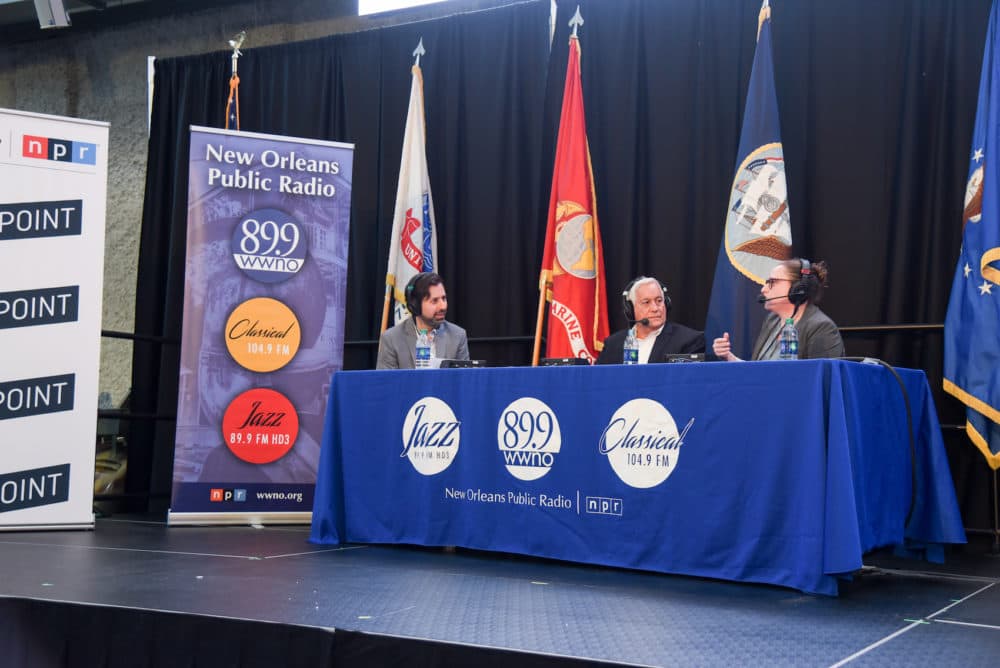
With David Folkenflik
We’re in New Orleans for a special On Point Live! broadcast from The National WWII Museum.
It was codenamed Operation Neptune, part of Operation Overlord. And it was plotted for nearly a year, relying on the insights and arguments of admirals, politicians, engineers and weather forecasters.
And on such a plan did World War II and the very trajectory of the 20th century pivot.
We know this massive military invasion, of course, as D-Day. Next week marks 75 years since Allied troops stormed into the breach and onto the beaches of Normandy to combat fascism and tyranny, at a terrible price. Yet that history is receding.
That's why we traveled to The National WWII Museum, in a reminder of how that history still breathes — why it matters.
Guests
Walter Isaacson, professor of history at Tulane University. Distinguished fellow and past CEO of the Aspen Institute. Former chairman and CEO of CNN. Former editor of Time. Co-author of "The Wise Men: Six Friends and the World They Made," among other books. (@WalterIsaacson)
Gemma Birnbaum, associate vice president of the World War II Media and Education Center at The National WWII Museum. (@WWIImuseum)
Photos From The Live Show Taping

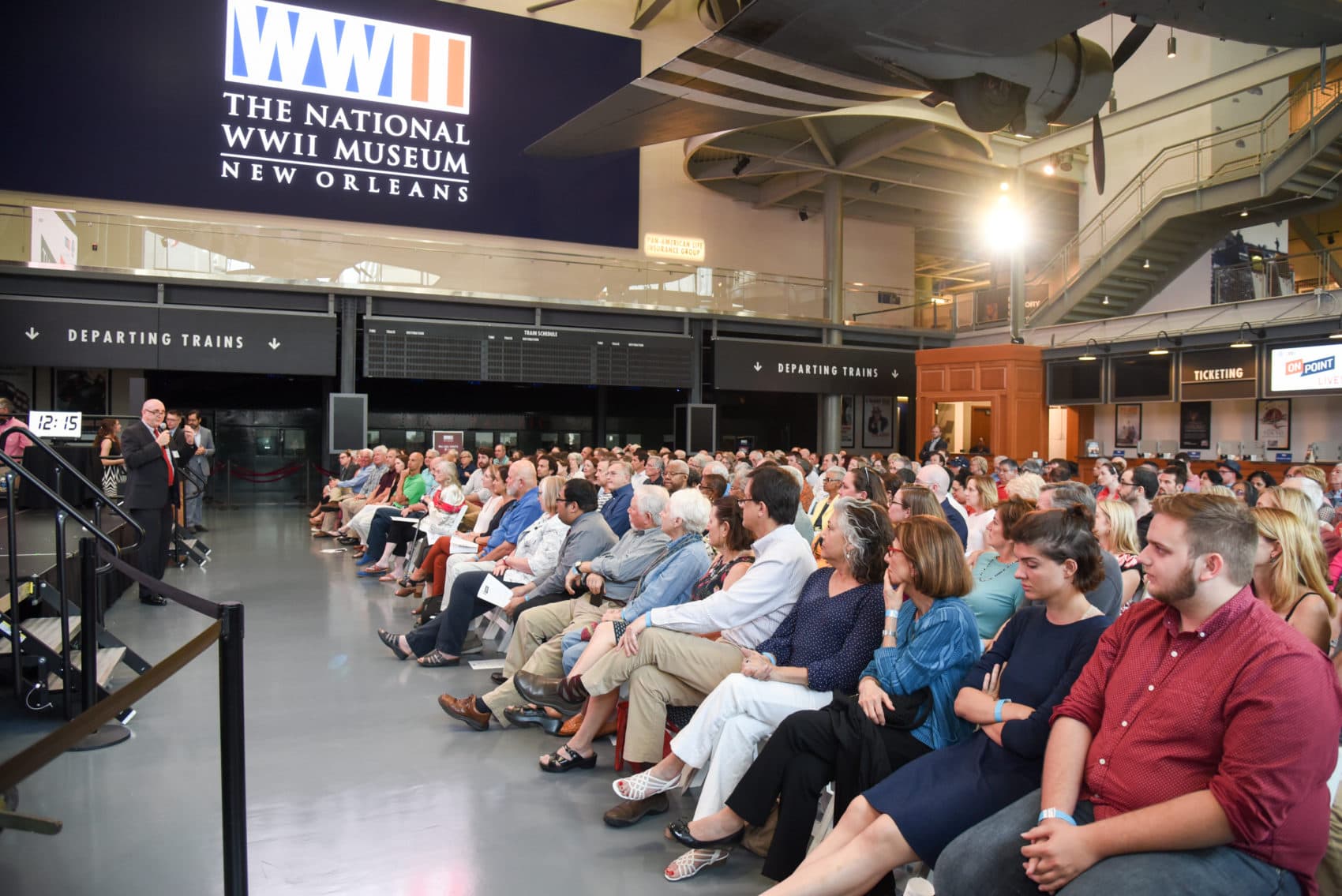
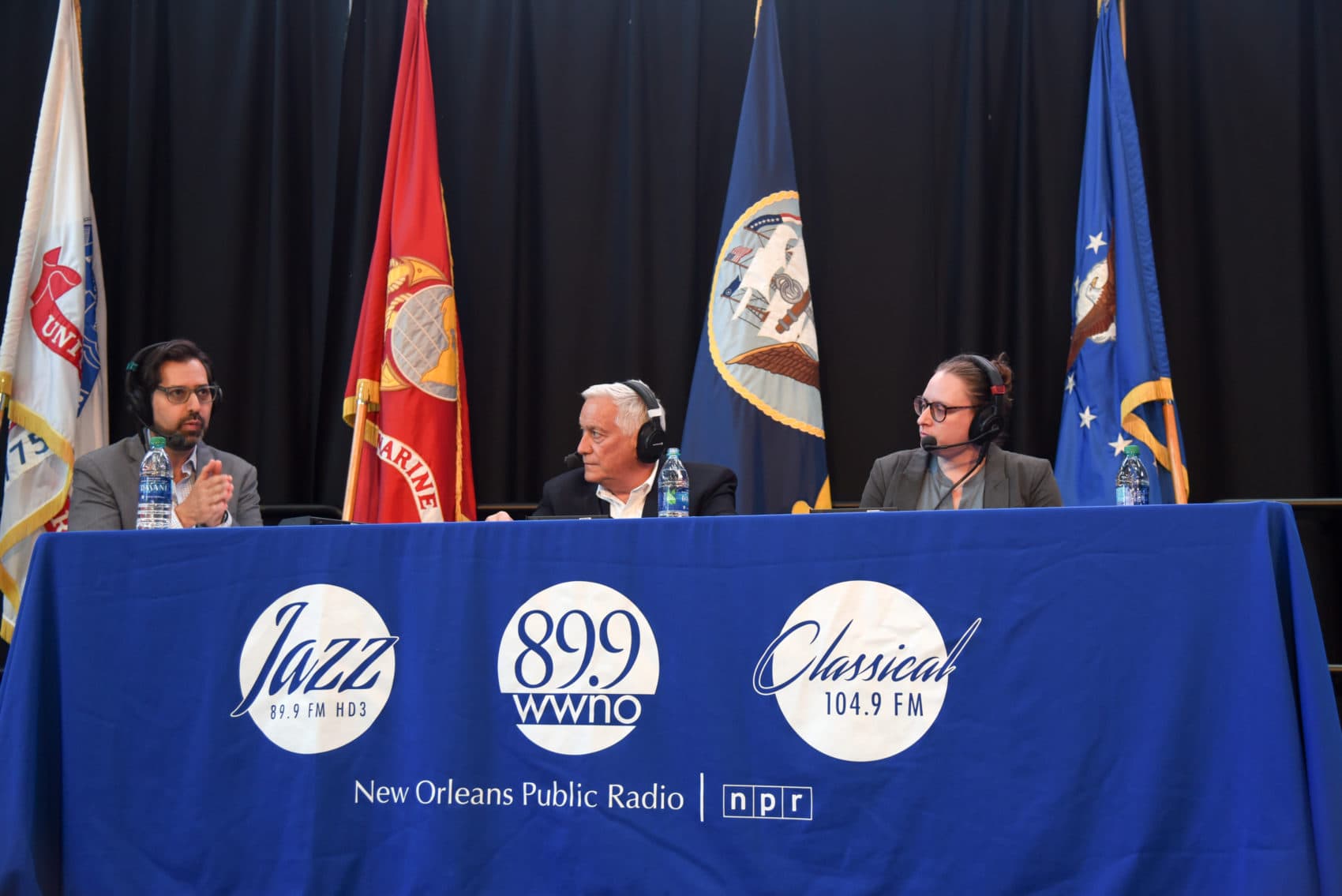
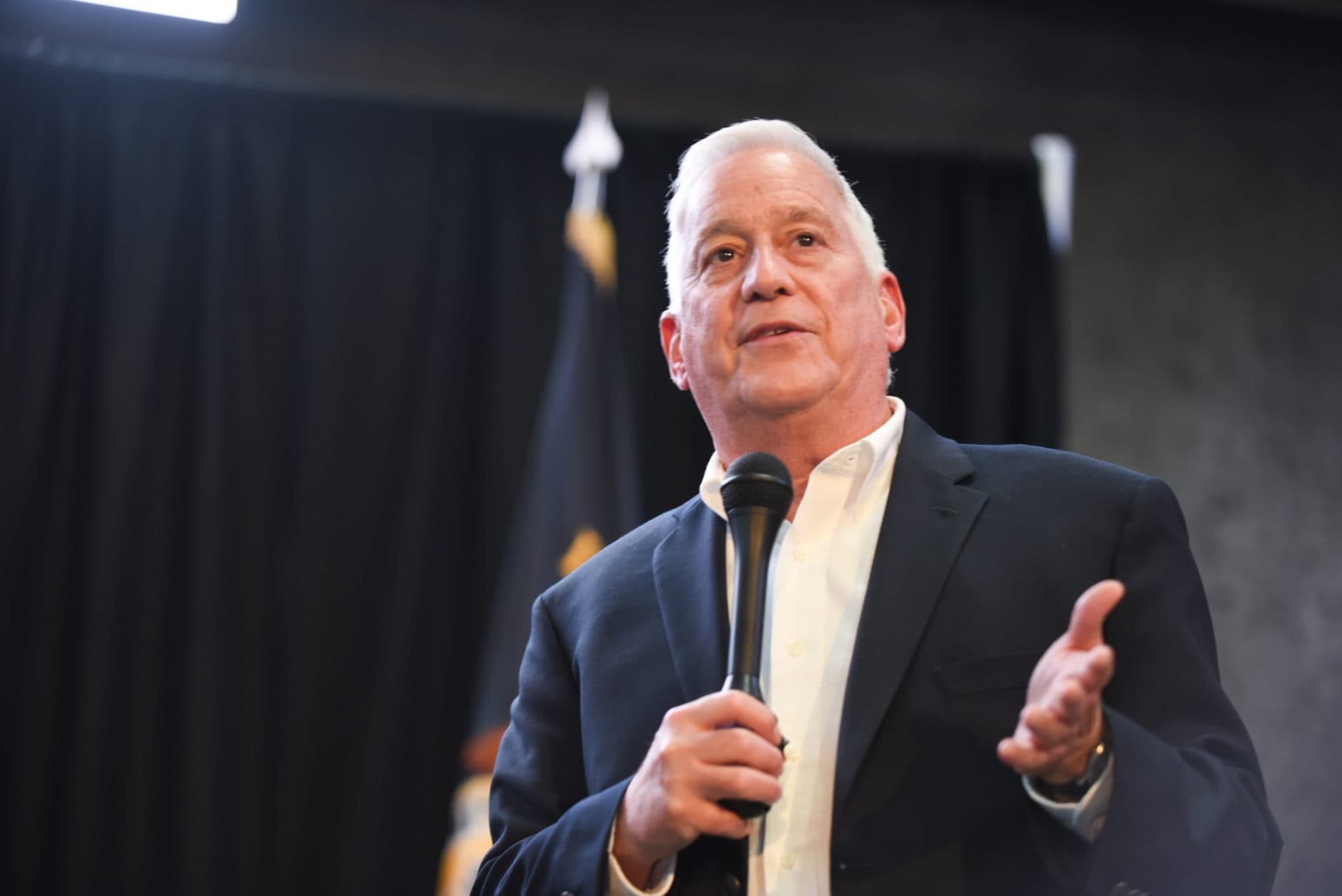
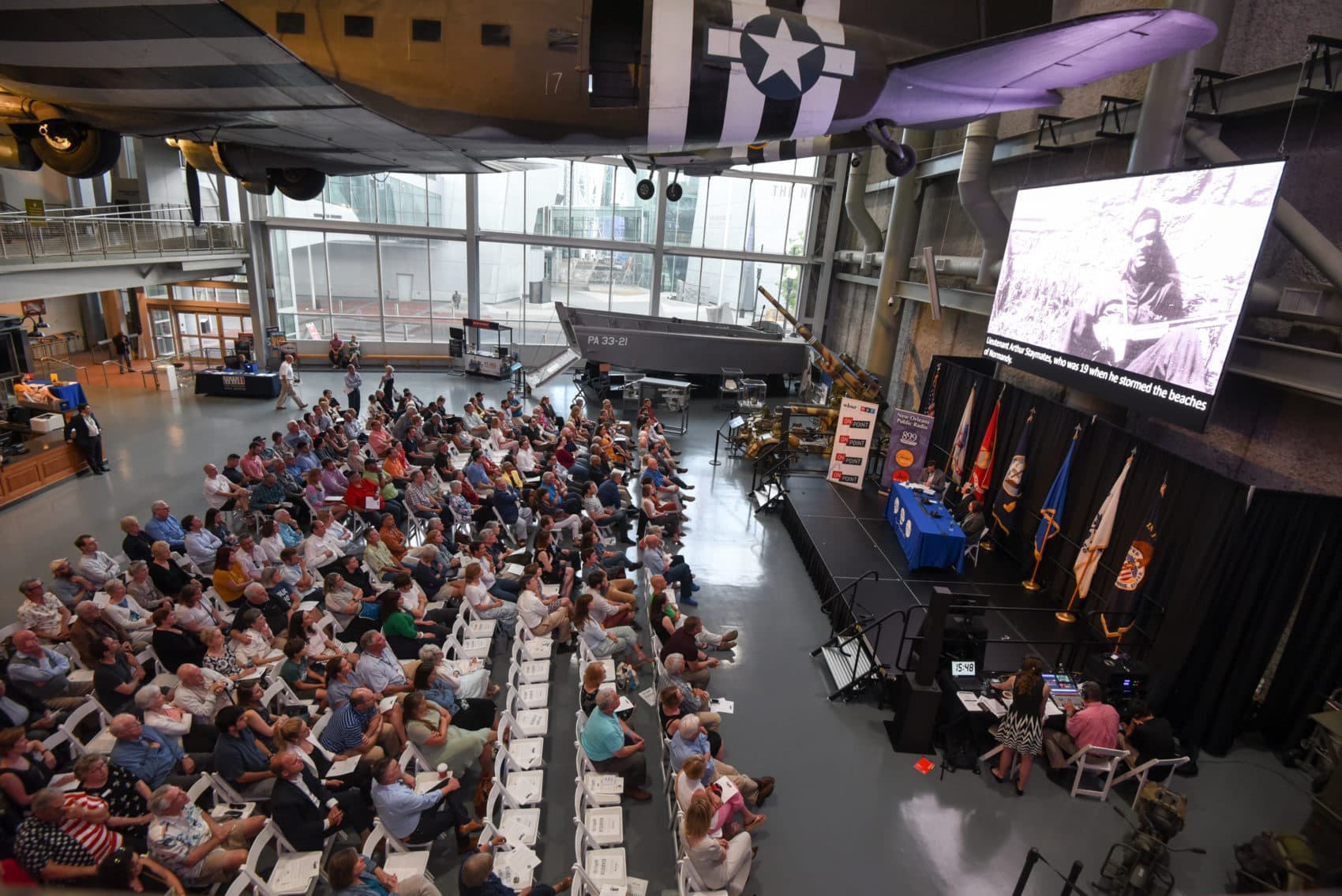
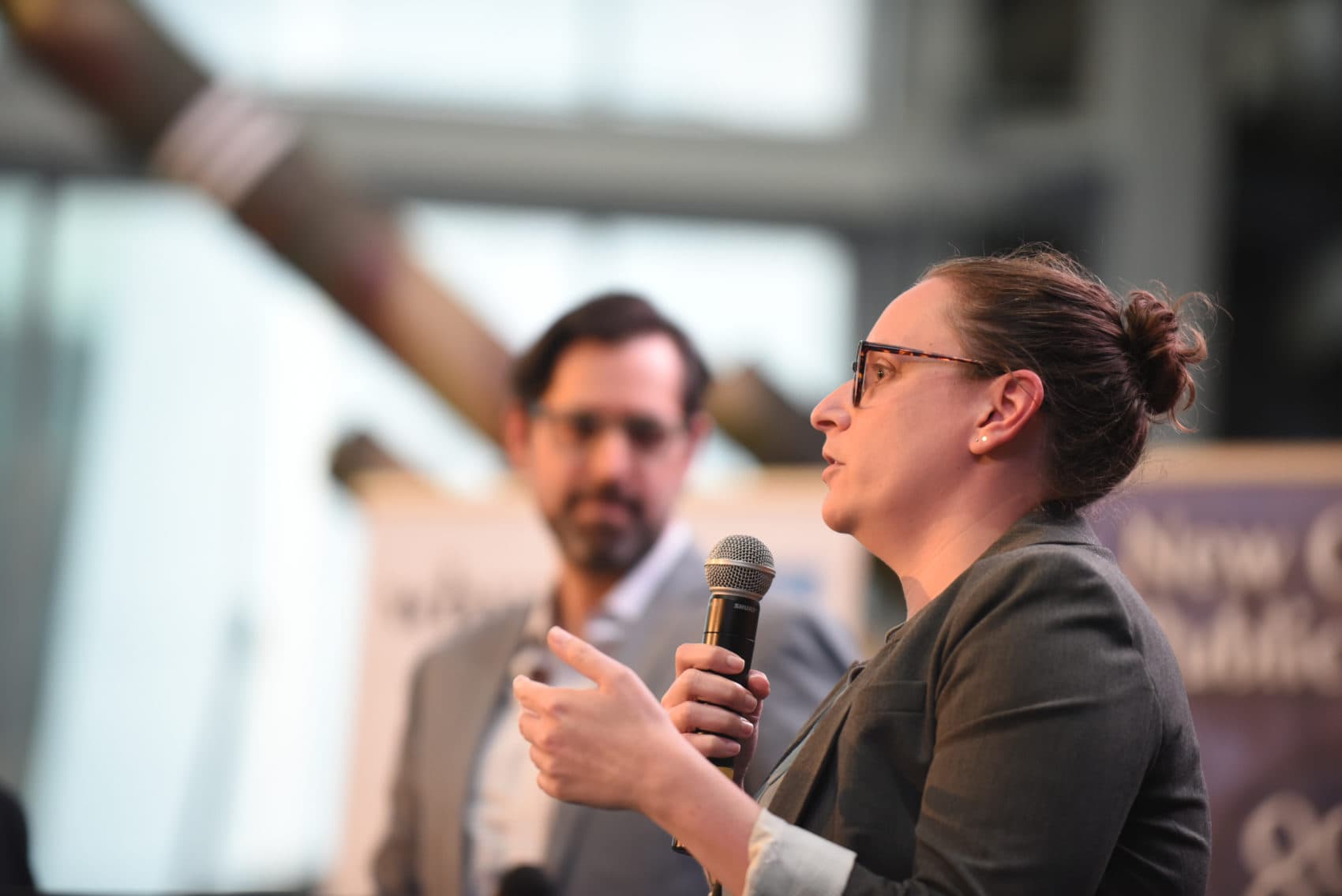

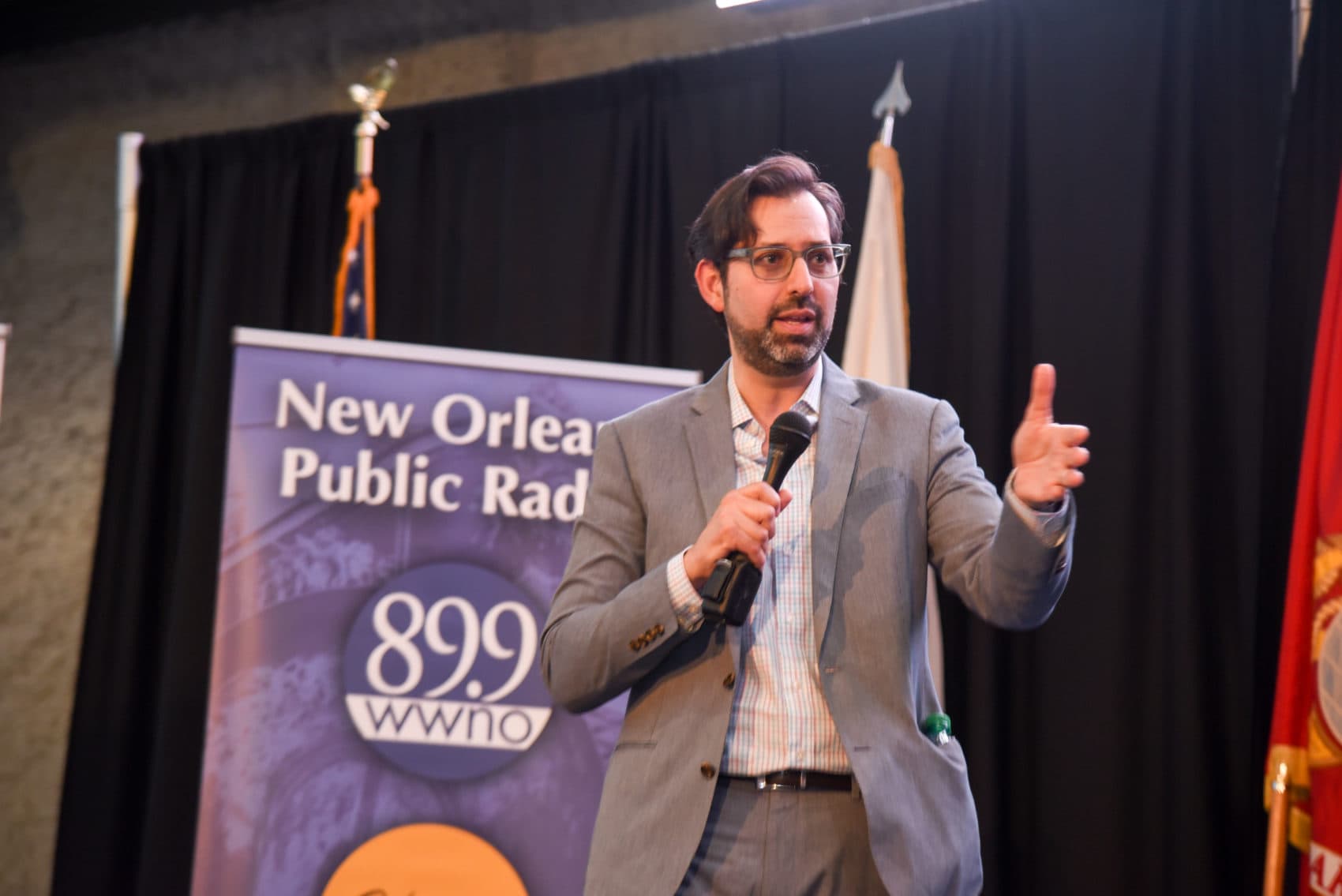
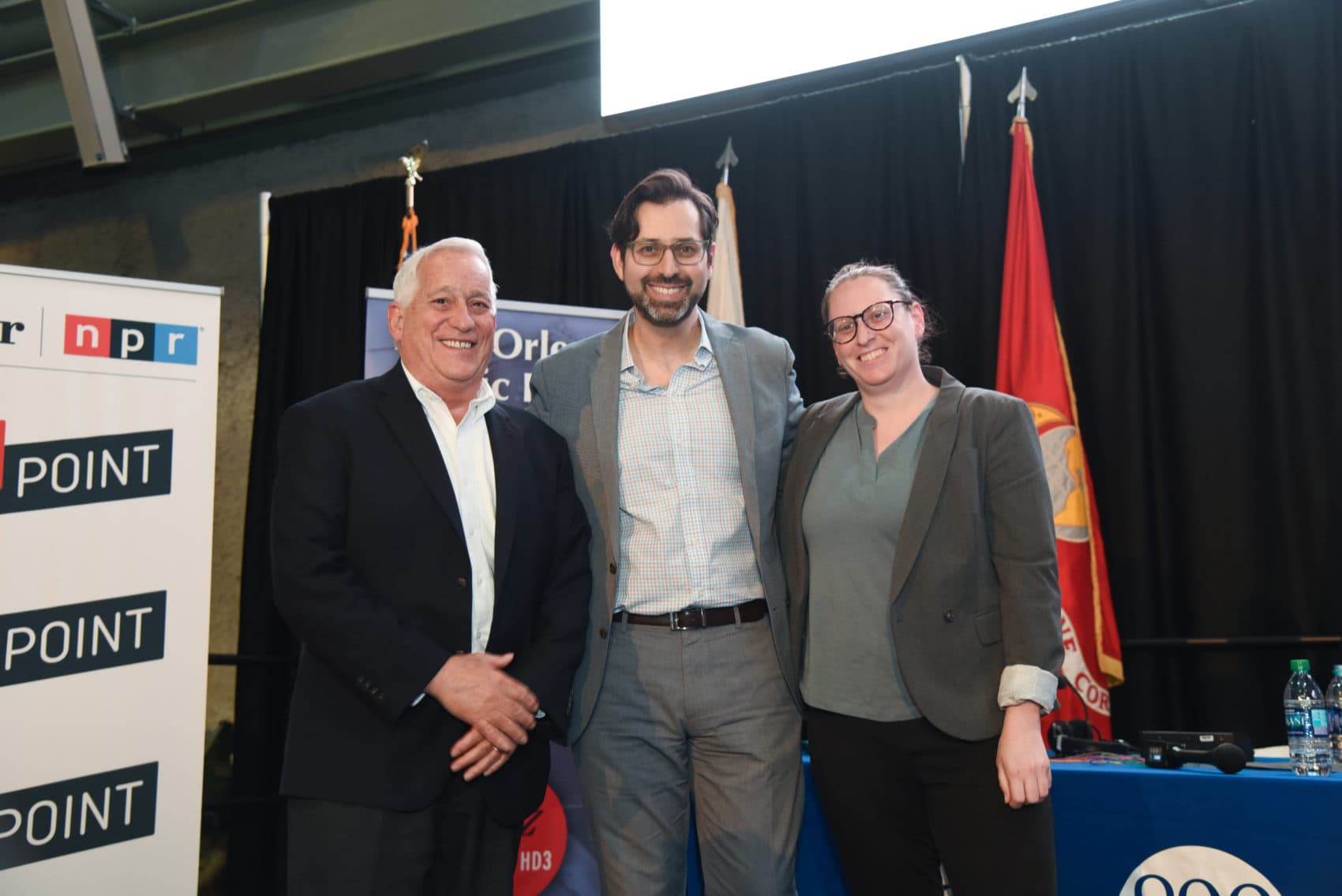
We Asked For Your Questions, Stories And Memories. Here's What You Had To Share
We put the call out to listeners — share your comments, stories and questions as we seek to honor and preserve veterans’ stories about D-Day and World War II.
Here’s some of what we heard:
From Our Phone Lines:
Brendan Chase, a student at Tulane University from Boston, Massachusetts, called in with a question about D-Day. He asks: During the invasion, why weren’t the beachheads attacked beforehand, like by ship barrage or plane, rather than sending in troops with the planes?
Michael Beach called in from Maysville, Oklahoma, to share how he’s been remembering and honoring the stories of veterans for the past 10 years. He says he’s traveled around the world, visiting all 23 cemeteries where more than 3,000 World War Two soldiers from Oklahoma are buried. At the gravesites, he left each one of those soldiers a rose rock, which is the state rock, to thank them for their service.
From Our Website:
Cherie Messore
My father was an enlisted man, a sergeant in the Army. My mom kept a handwritten series of scrapbooks — with family photos plus war news through the eyes of the homefront — every day he was away, from 1943 to late 1947 when he came home. We donated these tomes to The National WWII Museum in New Orleans for study and preservation.
What always fascinated me about his war story was that when he was eventually shipped out to Western Europe (in one of the D-Day waves), there were so many U.S. soldiers in Europe that there were not enough barrack space. He billeted with a family in Luxembourg: we've been in touch — by mail and now through Facebook — with the family ever since.
This family — in the later 1940s — spotted a postcard in a gift shop in Paris that featured a photo of my father disembarking from his ship on the Normandy beach, taken by a French photographer named Gaby. A historian from the museum authenticated this years later and identified the ship by its numbers.
Kay Patterson
My uncle, Oren Smith Patterson, was killed on Ludendorff Bridge at Remagen, Germany, on March 10, 1945, as the Allies made their way into Germany. History I’ve read says this bridge was so important that the Allies crossing it two weeks ahead of schedule shortened the war.
To me, he was always Uncle Oren, the one who died in the war. But in the past year, I’ve been reconnected with the son of his widow (from her second marriage) who has shared Uncle Oren’s last letter to his mother Ruth, the telegram announcing his death and so much more. We’re collaborating on a family history about their love story. Oren now is a real person to me, his story is alive, and I have a wonderful contact Ruth’s son, who is also invested in passing on the story to younger people in both of our families.
The Oral Histories Of The WWII Museum
General Dwight D. Eisenhower's Message To Troops
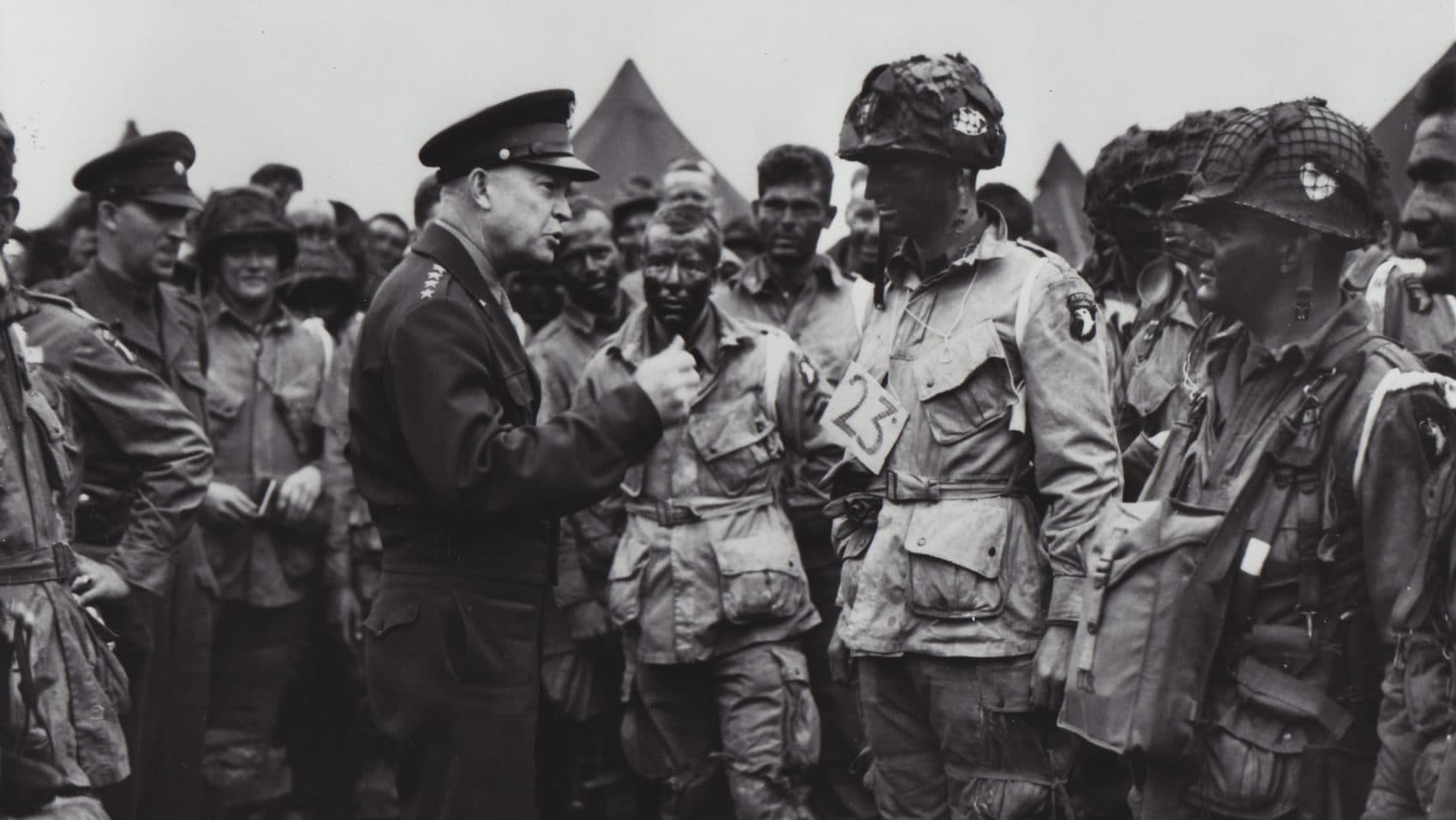
You are about to embark upon the Great Crusade, toward which we have striven these many months. The eyes of the world are upon you. The hopes and prayers of liberty-loving people everywhere march with you. In company with our brave Allies and brothers-in-arms on other fronts you will bring about the destruction of the German war machine, the elimination of Nazi tyranny over oppressed peoples of Europe and security for ourselves in a free world.
Lieutenant Arthur Staymates On Exiting The Landing Crafts
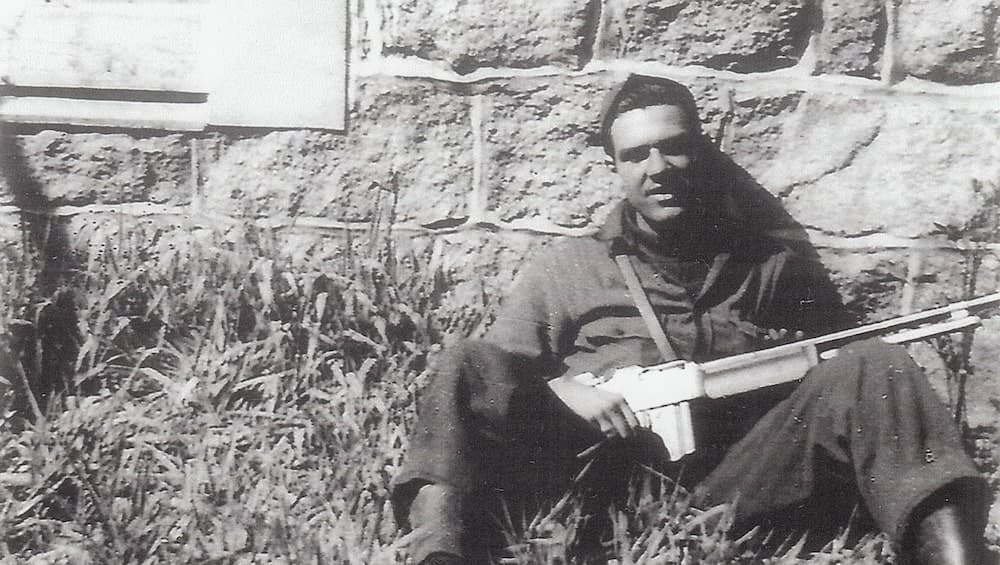
Before we hit the beach there was machine guns up on both sides of the hill up the top. The boat front is right here, and it’s just going. And if you try to go down when they open that thing, they’re going to just mow you down. So the guys are looking at me, and saying, "Oh my goodness, what are we going to do about this?" And I said, "This is a matter of life and death. And this is not military orders. Every guy do what he thinks is right. I’m going over the side."
So most of our guys agreed and went over the side. The ones who didn’t go shot right on the way down the plank. And somehow, as a kid who doesn’t know any better, you do it. Because you feel it. You have to do it. No, we’re not playing football or basketball or something here. This thing’s for keeps. And when you learn that, you’re starting to become a soldier.
Retired Army Captain Joseph Hairston On Segregation And Discrimination
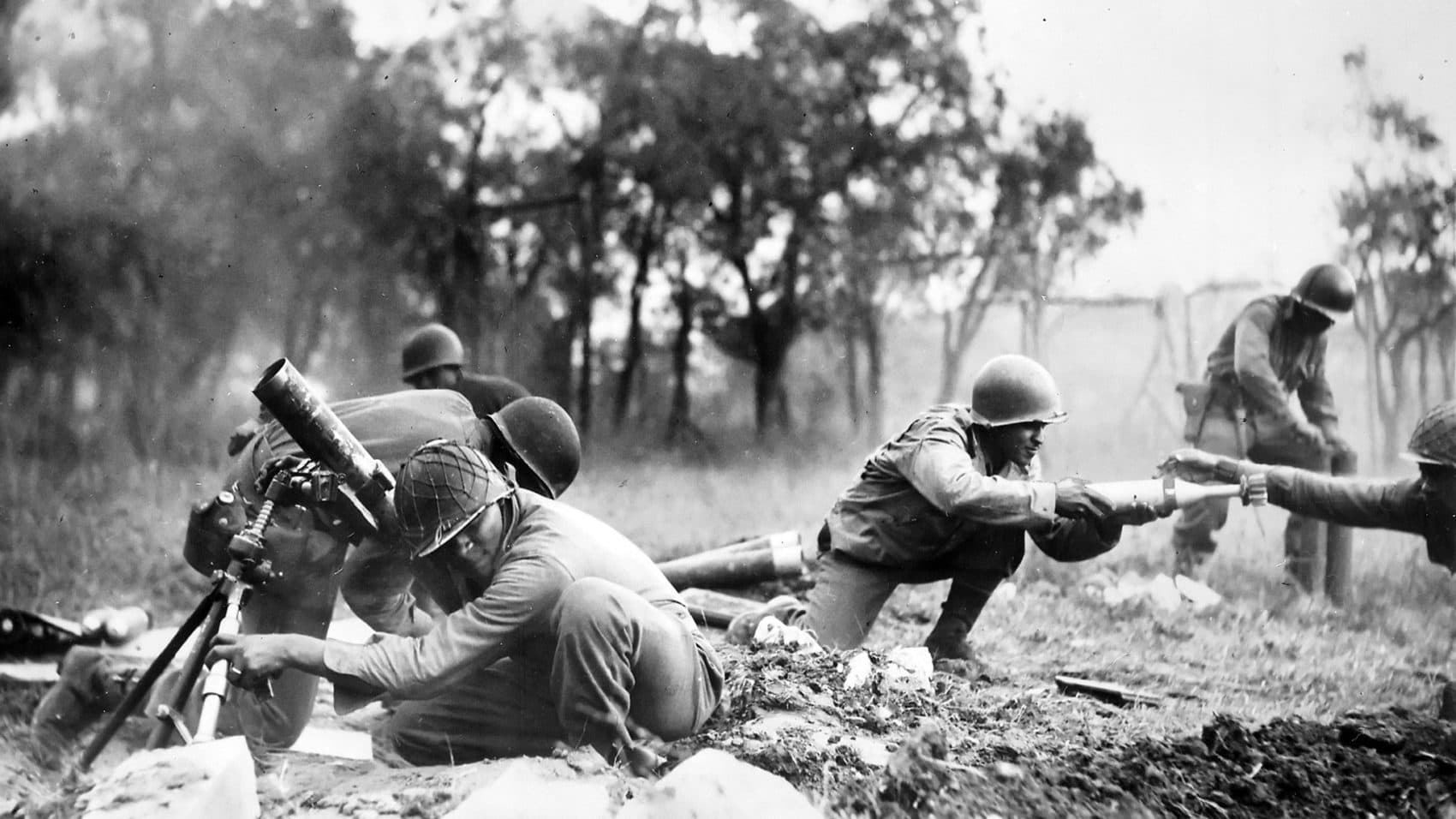
Once he joined the service, Hairston says, he learned tradition dictated southern officers should command African American troops, because they would better understand the soldiers they had to lead.
And that persisted through the war, the thought that black troops just were not fully capable of being good soldiers. It was the policy in the 92nd Division that no black officer should be senior to a white officer, so you wouldn’t command. I, unfortunately growing up as I did with little exposure to great racism, I didn’t really know how to be sufficiently servile, and I could do nothing right. And I could see my career going down this tube.
Army Dentist Sidney LaPook: Why War Shouldn't Be Held Up As Heroic
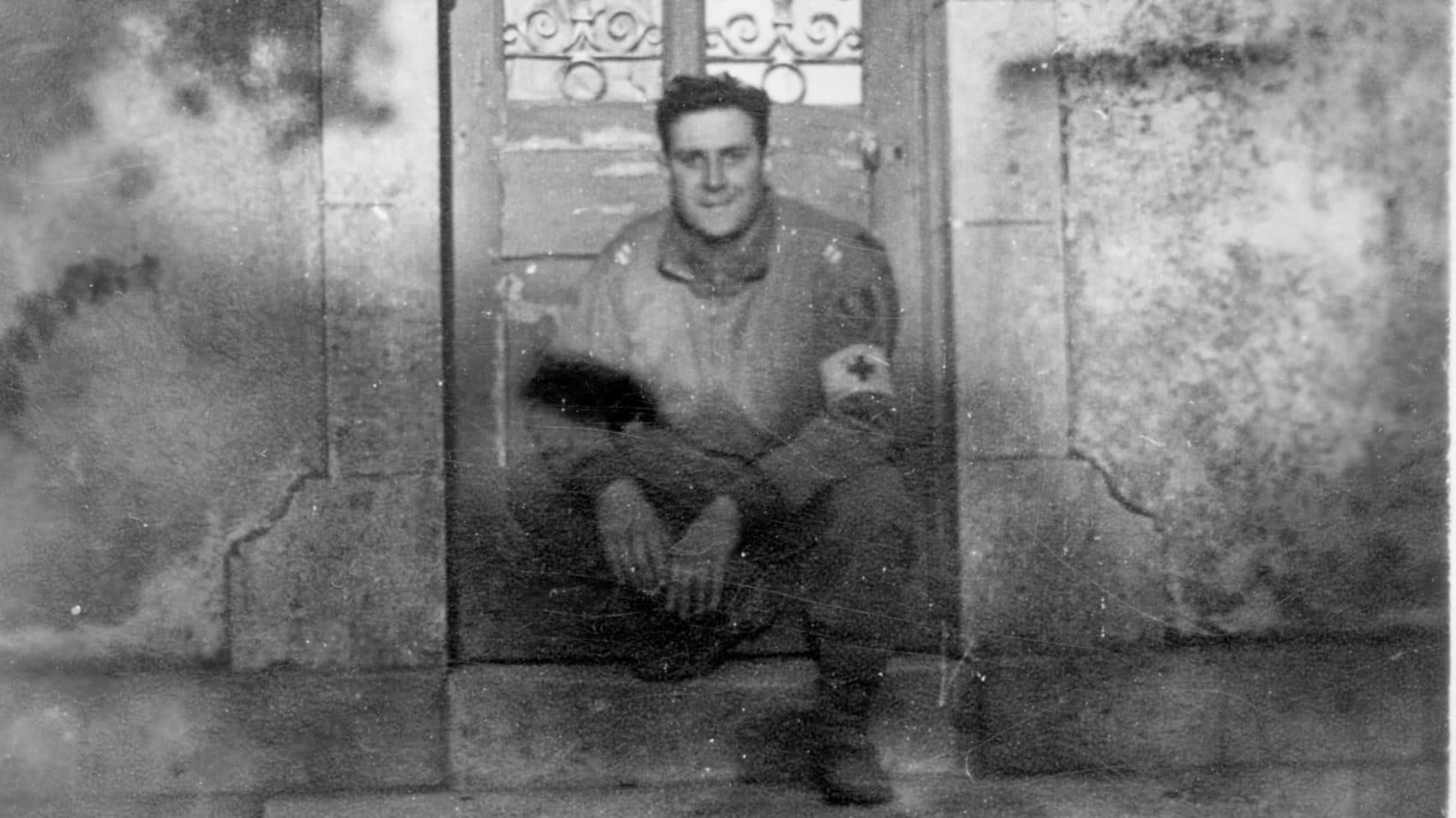
War is inhuman. Uncivilized. However, when it’s forced upon you, what are you going to do? If we were to have sanctity in a world where you could live and do what was right, what was morally correct, and for everybody to be honest about things — you have to see something like this to know what not to do. And that would be good not only for 200 years from now, but for today. We have to teach this morality to children as young as three and four, because this is when you form what’s going on.
From The Reading List
Military Times: "Rare color footage brings D-Day memories alive, 75 years on" — "Seventy-five years ago, Hollywood director George Stevens stood on the deck of the HMS Belfast to film the start of the D-Day invasion.
"The resulting black-and-white films — following Allied troops through Normandy, the liberation of Paris, Battle of the Bulge, the horror of the Dachau concentration camp — form the basis of Americans' historical memory of World War II, and were even used as evidence in Nazi war crimes trials.
"But the director was also shooting 16-millimeter color film for himself of the same events, creating a kind of personal video journal of his experiences.
"As veterans and world leaders prepare to mark the 75th anniversary of D-Day next week, Stevens’ surprising color images bring an immediacy to wartime memories, a powerful reminder of the war’s impact and its heros as those who witnessed the war are dying out.
"'You've seen it in black and white. And when you see it in color, all of a sudden it feels like today,' his son George Stevens Jr. said in an interview. 'It doesn't seem like yesterday. And it has a much more modern and authentic feeling to it.' "
WDVM: "World War II veteran Arthur Staymates passes away at the age of 92" — "As Jack Myers goes through photo albums he remembers his good friend Arthur Staymates who passed away Sunday at the age of 92. Myers served in World War II just like Staymates. However, the two didn't meet until many years later.
"'You know talking with him and other veterans it’s interesting to know that we were in the same battles, in the same town in the same day you know I didn't know him then he was in the infantry and I was in the tank destroyer,' said Myers.
"Staymates was drafted into the army in 1943 and trained with the 69th infantry camp in Shelby, Ms. He landed on Omaha Beach in June 6, 1944 on D-Day’s day's first wave of the 26th infantry regiment.
"'He has the best story of all because like I said he went in on D-Day, he fought in France. He fought in the battle of the bulge, he fought in Germany and he went to southern Germany until the war ended,' said Myers.
"Staymates was a commanding officer of the security personnel that was in charge of 19 Nazi prisoners, including Hermann Goering. For the last three years, Myers and Staymates traveled back to Europe with The Greatest Generations Foundation where he and Staymates roomed together, which Myers says was a time he will never forget."
The Guardian: "'People don't forget': veterans mark 70th anniversary of VE Day" — "Some hobbled with walking sticks, a few moved freely, but most made tracks across the golden gravel of Horse Guards Parade in wheelchairs. In them were men and women who had liberated concentration camps, witnessed the slaughter of colleagues on Normandy’s D-Day beaches, survived bombings and shootings, and plotted brave sabotage behind enemy lines.
"But Sunday’s march to mark the 70th anniversary of VE Day left one unavoidable impression: the living link to the second world war – a fight against fascism that claimed the lives of more than 580,000 British and Commonwealth forces and 67,093 UK civilians – is finally entering its twilight.
"Marching in view of Prince Charles, the Duchess of Cornwall and David Cameron, and with the Red Arrows roaring overhead, was Norman Hayward, 91, an artillery man from Lincolnshire who was among the troops who liberated Bergen-Belsen, the first Nazi concentration camp reached by the British. His daughter Claire, 60, was watching in the stands with his grandchildren and great-grandchildren, including Maia, three, too young to grasp the significance of the day.
"'Are they going to sing Let it Go? [from the hit Disney musical Frozen],' she asked as the military bands struck up. Far from it. The stories many of the veterans told were intended to set straight any impression that VE Day was a fairytale ending to the conflict."
Army: "92nd Infantry Division officer revisits Fort Huachuca" — "Retired Army Capt. Joseph Hairston, one of the first black officers commissioned to serve with the 92nd Infantry Division after its reactivation in 1942, made a surprise visit to the Fort Huachuca Museum on July 11. He was accompanied by his daughter.
"Hairston was en route to a Buffalo Soldier event in Las Vegas when he decided he wanted to revisit his old stomping grounds in southeast Arizona. 'I just wanted to come back and see the old fort,' he said.
"Hairston was stationed here in 1943 until the summer of 1944.
"Hairston was born in Axton, Va. However, his family moved to Connellsville, Pa., southeast of Pittsburgh when he was 2. He describes Connellsville as a first-generation American town where he did not experience racial segregation and very little racism.
"He says although he was a good student in high school, there were very few opportunities for black students after graduation. 'There were no scholarships in 1940, if there were I was not aware. So, I didn't know about going to college,' he explained.
"Prior to entering the Army in fall 1940, Hairston worked at a local dairy in Connellsville. While at work one day he saw a Soldier walking down the street in uniform and thought, 'hey, that might not be a bad thing (joining the Army).'
Brian Hardzinski produced this hour for broadcast.
This program aired on May 31, 2019.